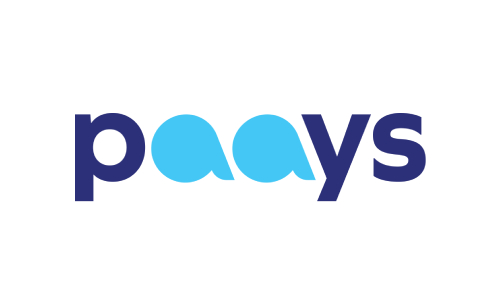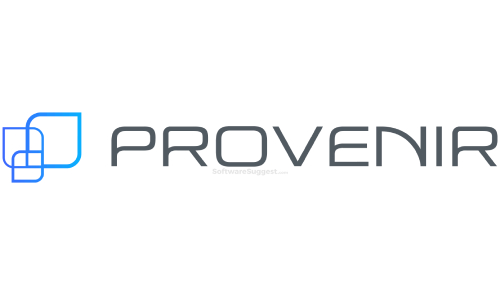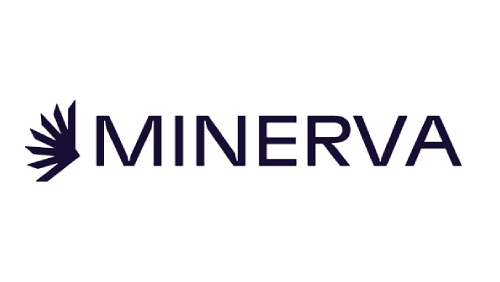A Sleuth’s Guide to AML and Fraud
Abstract: The panel on fraud and anti-money laundering (AML) in the digital age featured experts discussing how macroeconomic shifts and evolving technology are driving the rise of identity fraud, synthetic IDs, and account takeovers. The speakers emphasized the need for real-time data analysis, AI integration, and innovative tools to combat these threats. They highlighted that traditional AML processes are too slow and must adapt to the fast-paced nature of modern financial crimes. With increasing sophistication in fraud techniques, organizations must leverage multiple data sources and advanced decisioning platforms to stay ahead. AI-driven platforms and biometric tools were identified as key to the next frontier in fraud and AML mitigation. Watch here 👀
Anne-Marie: As technology evolves, so do the tactics employed by criminals, posing significant challenges to safeguarding our financial systems and personal identities. Yet, these same advancements also offer powerful tools to counter these threats.
First, we’ll discuss the impact of macroeconomics on fraud threats and AML compliance expectations, exploring how global economic developments influence fraud risks and the evolving expectations for AML compliance. Second, we’ll dive into technological advances in alternative data—building on the earlier session with Treefort—and the role of AI and technology. Lastly, we’ll talk about the next frontier in mitigating money laundering and fraud risks. Let’s dive in. I read a study from one of the credit bureaus that said roughly three-quarters of all fraudulent accounts are due to identity theft. That’s why we’re here.
How does macroeconomic instability impact the prevalence and sophistication of identity fraud schemes?
Nez: At Vancity, where we serve 550,000 consumers, primarily in British Columbia, we’ve seen that macroeconomic instability—especially given the rapid rate hikes over the last 18 months—has significantly increased fraud, particularly mortgage fraud. We’re seeing more fake documentation, account takeovers, and scams targeting older consumers, like romance scams. The average mortgage payment has risen by nearly $2,000, and in Vancouver, it’s even higher. This financial pressure leads some people who wouldn’t normally engage in fraudulent activities to fake documentation or resort to account takeovers.
Given these macroeconomic shifts, how do regulatory compliance strategies need to evolve?
Jennifer: The short answer? They need to evolve faster. One of the biggest challenges AML has always faced is the speed at which work gets done. AML is traditionally an after-the-fact process, which makes it less effective. We’re supposed to be protecting the financial system, but we often respond too slowly. Fraud models work in real-time, but AML typically doesn’t. Blending fraud and AML at the front of the process, understanding your customers quickly, and using data sources like OSINT and adverse media in real-time can make a significant difference.
Anne-Marie: You mentioned “real-time” and compliance. Cheryl, before I get to you, I want to mention that Sarah Paquette, CEO of FINTRAC.
What do you think about real-time compliance strategies for reporting entities?
Cheryl: It’s an important and aspirational goal. Moving toward real-time compliance is the right mindset, but it’s definitely a journey. Real-time reporting is crucial to provide feedback on the quality of data and information shared by financial institutions, which is currently lacking. Real-time can also offer insights into how well an institution is performing compared to its peers.
From a decisioning platform perspective, how do macroeconomic trends influence the algorithms or fraud rules being used?
Cheryl: Nez mentioned rising mortgage payments, which have increased by 30-70% in some cases, and this is just the beginning. By 2025 and 2026, we’re going to see people really struggle. This will result in more first-party fraud, where individuals stretch the truth to stay afloat. Consumers often don’t even view first-party fraud as actual fraud—they’re just trying to maintain their lifestyle. Synthetic ID fraud is also on the rise, and the tools available on the dark web are astonishing. We need to ensure our organizations are protected while also supporting consumers as much as possible.
Technology can be used to both help us and to help fraudsters. Are our current systems and processes adequate to handle these evolving technological threats?
Nez: No. Fraud is getting increasingly sophisticated, and we’re just trying to stay one step ahead. We’ll likely reach a point where we’ll need to collect biometrics—voice recognition, fingerprints, retina scans, etc.—but we’re not there yet. The biggest challenge is consumers willingly handing over their credentials to criminals. Controlling consumer behavior is a massive hurdle.
From a platform perspective, how are organizations leveraging new types of technology and data?
Cheryl: There’s no shortage of data out there. Lenders are squeezed from all sides—consumers want fast access to credit, regulators want compliance, and fraudsters are trying to take advantage. The only way forward is through technology and data. It’s crucial to have platforms that provide seamless integration and give access to the right data at the right time, whether it’s ID verification, sanctions lists, or telco data.
Jennifer: I always get stuck on the question of whether we’re doing “enough.” The issue isn’t doing enough—it’s that we’re doing the wrong things. We need to rethink the model entirely. Fraudsters today can easily become money launderers tomorrow, so it’s crucial to work with accurate, relevant data in real-time. Sharing information, where appropriate, is key.
Let’s talk about technology in AML compliance. What tools or processes should financial institutions use to stay compliant with regulatory requirements?
Jennifer: The systems in place today are outdated. Providing investigators with keyword matching systems that generate 70 false positives isn’t helpful. Minerva is one example of a platform that helps reduce false positives and streamline investigations. The key is to embrace newer tools that provide accurate alerts and a better view of the customer over time.
Anne-Marie: Let’s move on to the next frontier in mitigating fraud and money laundering.
With the rise in synthetic ID, deepfakes, and more, what innovative approaches do you see being essential for identity risk mitigation?
Cheryl: It’s a complex challenge. AI is evolving rapidly, and with deepfake technology, you’d swear you were looking at a real person. Real-time access to data is essential—things like telco data, social media presence, and verifying IDs against government databases are crucial. Credit bureaus are helpful but only provide a historical snapshot. We need to go further with real-time, broader data sources.
Nez: At Vancity, we’re starting small by incorporating AI to assist our investigators with part of the AML process. This helps improve productivity without needing a complete overhaul.
Jennifer: I recently heard a bank executive say AI doesn’t belong in banking, and I was shocked. We’ve been crawling with AI for 10 years now. There are simple, elegant use cases that could revolutionize compliance programs. The robots aren’t coming for us—AI can help improve productivity and reduce costs.
Anne-Marie: We’re out of time, and I know we’re standing between you and lunch! Thank you so much, ladies. It’s been a pleasure sharing the stage with you. Let’s keep pushing forward—stay ahead with technology, collaborate, and continue communicating. Thank you Canadian Lenders Association.
Sign up for our Finance Summit Series






